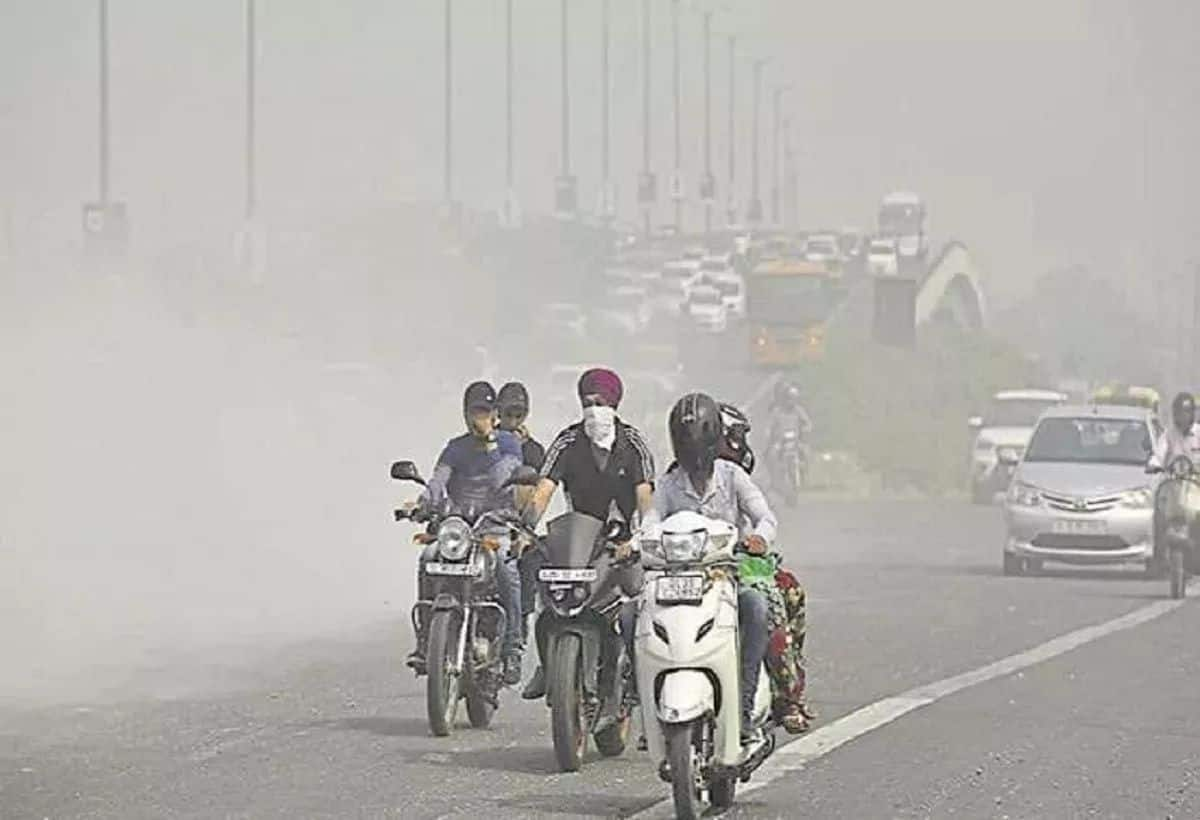Delhi, the capital city of India, is facing a serious air pollution crisis that has raised alarms among residents and health experts alike. Recent reports indicate that a thick blanket of smog has enveloped the city, resulting in hazardous living conditions. With the Air Quality Index (AQI) hitting alarming levels, especially in Anand Vihar, it is essential to understand the causes, effects, and solutions to this pressing issue.
Current Air Quality Status in Delhi
The air quality in Delhi has recently deteriorated significantly, with Anand Vihar recording the highest pollution levels in the national capital. The AQI in Anand Vihar has surged beyond the 300 mark, categorizing it as ‘serious’ and causing widespread health concerns. Meanwhile, neighboring areas like Sarita Vihar are also experiencing similar spikes in air pollution, making it crucial for residents to stay informed and take necessary precautions.
Health Impacts of Poor Air Quality
As air pollution levels rise, residents are beginning to experience various health issues. Reports of eye irritation, respiratory problems, and other allergic reactions have become more common. Vulnerable groups, including children, the elderly, and those with pre-existing health conditions, face the highest risks. Prolonged exposure to these harmful air pollutants can lead to chronic health complications and reduced quality of life.
Causes of Air Pollution in Delhi
Several factors contribute to the escalating air quality crisis in Delhi. Some of the primary causes include:
- Vehicle Emissions: The high density of vehicles on Delhi’s roads contributes significantly to air pollution.
- Construction Activities: Ongoing construction projects release dust and particulate matter into the air.
- Industrial Discharge: Industries located around the Delhi NCR region emit various pollutants that contaminate the atmosphere.
- Seasonal Factors: During certain seasons, particularly winter, the phenomenon of stubble burning in nearby states exacerbates the air quality issues.
Government Initiatives to Combat Air Pollution
In response to this growing crisis, the Delhi government has implemented various initiatives aimed at improving air quality. Some key measures include:
- Odd-Even Vehicle Policy: This policy restricts vehicle use based on license plate numbers in order to reduce traffic congestion and emissions.
- Promotion of Public Transport: Increased investment in public transport systems encourages residents to opt for buses and metro services over personal vehicles.
- Awareness Campaigns: Various NGOs and government bodies are working together to raise awareness about the importance of reducing air pollution and its harmful effects.
What Can You Do to Protect Yourself?
As the air quality remains critical, residents of Delhi can take proactive measures to safeguard their health:
- Stay Indoors: Limit outdoor activities, especially during peak pollution times.
- Use Air Purifiers: Invest in high-quality air purifiers to mitigate the impact of indoor pollution.
- Wear Masks: When going outside, wear N95 or similar masks that can filter out harmful particles.
- Stay Updated: Regularly check the AQI through credible sources to stay informed about air quality conditions in your area.
Conclusion
The alarming rise in air pollution levels in Delhi, particularly in areas like Anand Vihar, underscores an urgent need for action—both at governmental and individual levels. Understanding the causes and effects of air pollution can help residents take informed steps towards improving their health and advocating for cleaner air. By working collectively, Delhites can contribute to a healthier, more sustainable environment for themselves and future generations.
